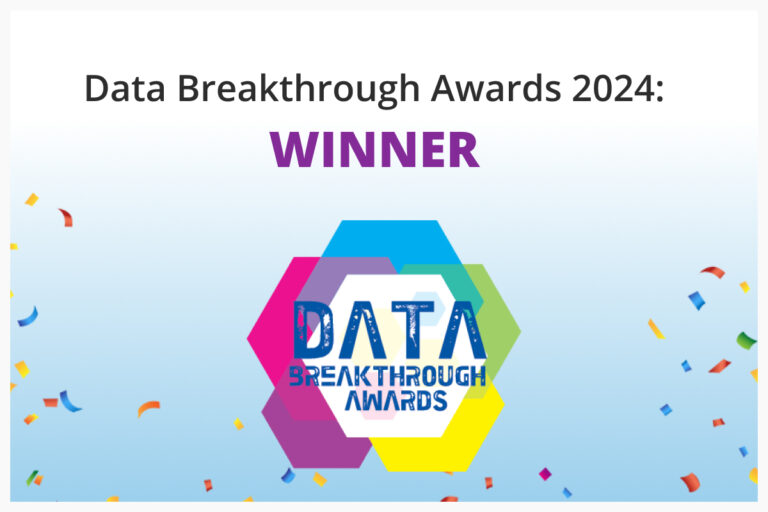
This blog was adapted from its original publication on ITProToday.
Looking to better manage its consistently growing data, the university found a solution that not only saves space but also money by moving “stale” data off its storage array.
Four years ago, the IT department at Duquesne University was at a crossroads. How could the university better manage its growing data so it wouldn’t have to invest in expensive new data storage and keep individual departments from having to overspend on data storage? The university currently stores about 250TB of data on NetApp, and it is growing at about 15% per year on average.
“At the time, we were planning on buying an all-flash array. We usually add extra capacity as a buffer when we make a purchase, and we didn’t want to have to go back to our administration to request more capacity after Year 1,” explained Matt Madill, Duquesne’s storage systems administrator.
We were looking for ways to get data off of the flash array that maybe didn’t need to live there to free up more space that we could actually use.
What to Do with Stale Data in Higher Education
Duquesne also lacked insight into the date it was storing. For instance, they didn’t know how much of it was stale, or cold. One example is department file shares. When administrators move to a different position in the university or leave it altogether, their data just hangs around, getting colder and colder.
With these issues in mind, Madill came across data management company Komprise at a NetApp conference. Madill was sold on the concept immediately. Not only was the technology already integrated with NetApp—by then, the university had both a NetApp all-flash A300 array and an FAS 8020 array—but he liked the idea of being able to see all data, identify stale data, adjust policies and easily move data via Komprise to NetApp storage.
After testing the solution, Madill discovered that as much as 80% of its data was stale, which the university defines as more than six months old. In addition, Komprise found numerous SIDs (security identifiers) from Active Directory without associated user names, which is a good indicator that the user was no longer in its directory.
Analyze, Move, Manage Unstructured Data
Madill’s team now points all file share data to the Komprise application, which analyzes it. Based on the results, the IT team can set up a plan to move specific data to a target location in the cloud based on specific criteria. From that point, Komprise will move files to a location in the cloud and leave a standard symbolic link in NetApp so end users will be able to retrieve the files as needed. When users need a file considered “stale,” they click on the link in NetApp and Komprise immediately retrieves the file from the cloud for them. This is all transparent to users. (Learn more about Transparent Move Technology)
In addition to saving space, the solution also has saved Duquesne about $40,000 over three years, according to Komprise. Much of this savings is from departmental chargebacks. For example, when a department requests storage, it receives a file share on NetApp that is also connected to Komprise. If, for example, the library asks for 5TB to store oral archives, Komprise can ship the data from NetApp to the cloud immediately. That way, the data is available to access, but the library is paying cloud data storage pricing, not enterprise disk pricing.
Over time, Madill expects to explore ways to allow more of the university’s applications to take advantage of Komprise. Recently, for example, he converted a classroom recording software application so that it could use Komprise. “We can take that same use case and apply it to different applications so we can run across a hybrid cloud environment. It could really help us save a lot of money,” he said.
Watch a video of Matt Madill speaking about the Komprise deployment at Duquesne University.
Learn more about Komprise for Higher Education.




